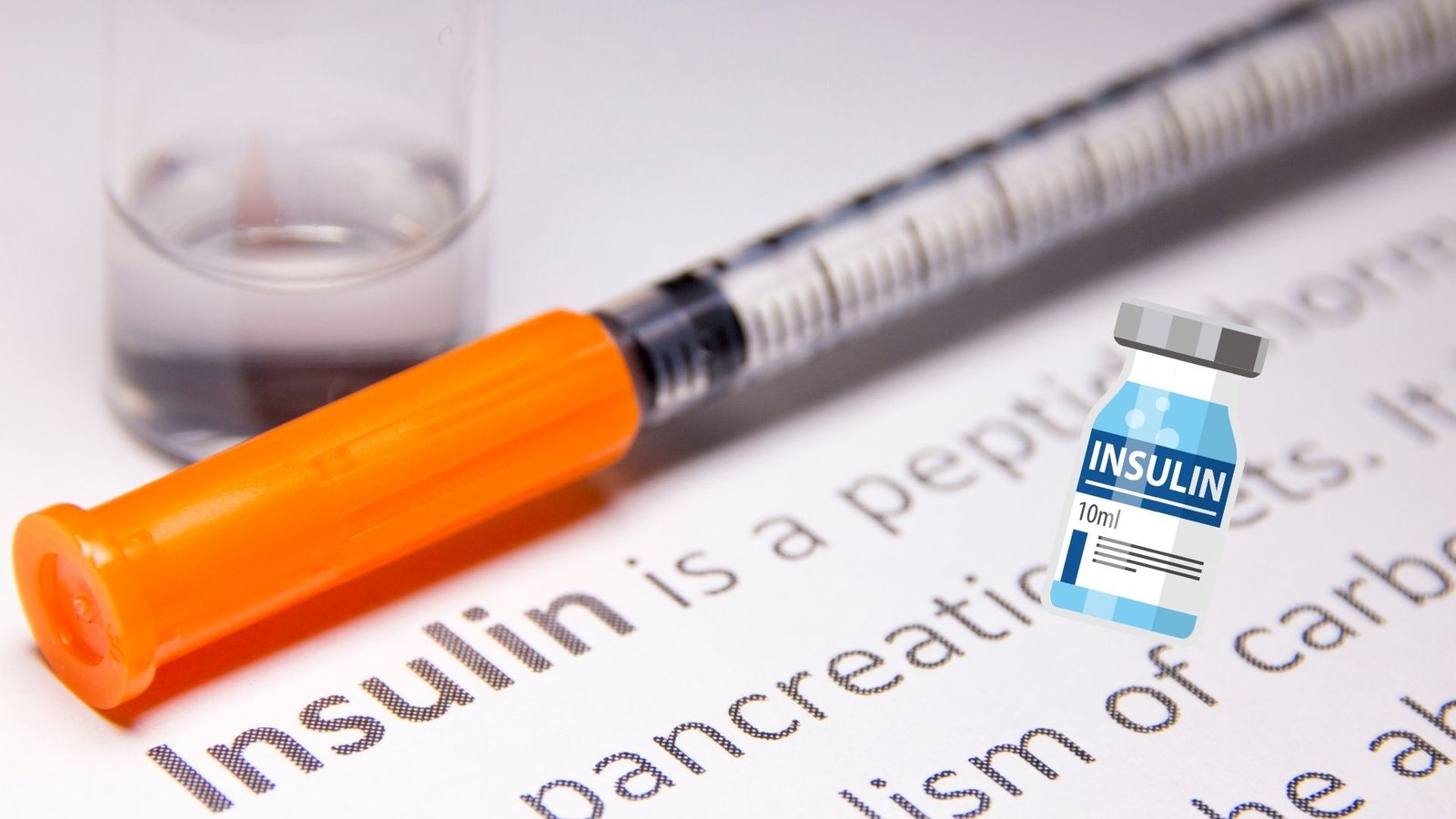Hey there! Let’s chat about something you might hear tossed around in health circles: insulin resistance. Sounds pretty science-y, huh? But don’t worry—I’ve got you covered with a straightforward and friendly breakdown. So, grab your favorite drink (maybe not a sugary soda—we’ll get to that!) and let’s dive in.
What is Insulin Resistance Anyway?
Imagine your body as a house, and insulin as the key that opens the door to let sugar (aka glucose) into your cells, where it’s used for energy. Now, what happens if the key doesn’t work as well? The door gets harder to open, and sugar starts piling up in the hallway (your bloodstream). That’s insulin resistance in a nutshell, and it’s one of the most common health issues worldwide.
The Big Question: Where Does It Come From?
Dr. Ben Bikman, a metabolic wizard, explains insulin resistance has primary and secondary causes—fancy terms, but we’ll make sense of them.
The “Big Three” Primary Causes
These are the heavy hitters that directly cause insulin resistance. Let’s meet them:
- Inflammation
Forget the red, swollen kind. Here, inflammation means your cells’ internal systems are thrown into chaos. Think of it like your muscles or fat cells getting grumpy—they just don’t respond well to insulin anymore. A protein called C-reactive protein (CRP) often leads the charge here, acting like an inflammatory ringleader.Pro tip: Chronic illnesses, stress, and even poor sleep can stoke this inflammatory fire.
- Stress Hormones
Meet cortisol and epinephrine (aka adrenaline), your body’s stress messengers. While they’re handy in small doses—say, for running away from a bear—long-term stress pushes your blood sugar sky-high. Your poor insulin works overtime trying to clean up the mess. Fun fact: Even just one bad night of sleep can send your cortisol levels soaring! - Chronically High Insulin
Here’s where things get tricky. Insulin resistance itself causes higher insulin levels, creating a vicious cycle. Think of it as your body constantly yelling, “MORE INSULIN!” because the cells aren’t listening. Eating lots of sugary or starchy foods multiple times a day (snacks count too!) keeps insulin high all day long.
Secondary Causes: The Sidekicks
Some culprits don’t work alone but amplify the big three. For example:
- Seed oils: These highly processed oils (like soybean oil) don’t directly cause insulin resistance but can make fat cells grow in unhealthy ways.
- Uric acid: This sneaky byproduct of fructose metabolism (yep, that soda again) can spark inflammation, setting the stage for insulin resistance.
Why Fat Cells Steal the Spotlight
Dr. Bikman has a fun saying: “Fat falls first.” Translation? When it comes to insulin resistance, your fat cells are usually the first to go rogue.
Here’s why:
When fat cells grow too large (picture overfilled water balloons), they stop cooperating with insulin. They also start releasing inflammatory signals that spread insulin resistance throughout your body. If fat cells could talk, they’d say, “We’re too full—no more room at the inn!”
The good news? Shrinking those fat cells by lowering insulin levels can reverse this process. More on that later!
What Can We Do About It?
Alright, let’s talk action steps. The key to tackling insulin resistance lies in targeting these primary causes. Here’s how:
-
Tame Inflammation
- Eat whole, unprocessed foods. Think veggies, proteins, and healthy fats.
- Get quality sleep—aim for 7–8 hours a night.
- Exercise regularly. Moving your muscles helps them burn sugar more efficiently.
-
Manage Stress
- Reduce caffeine if it’s keeping you wired (and robbing your sleep).
- Try mindfulness practices like yoga or meditation.
-
Lower Insulin Levels
- Cut back on frequent snacking, especially carb-heavy ones.
- Experiment with intermittent fasting (but consult your doc first).
- Replace sugary drinks with water or unsweetened alternatives.
The Bright Side: Insulin Resistance Can Be Reversed
The beauty of all this? Insulin resistance isn’t a one-way street. With small, consistent changes, your cells can start listening to insulin again. And the best part? Improvements can happen quickly when you focus on lowering insulin levels.
So, whether you’re battling the post-lunch carb crash or just curious about keeping your metabolic health in check, understanding insulin resistance is a great step toward feeling your best.
Stay curious, stay healthy, and remember: you’ve got this!
What’s your favorite way to stay healthy? Let’s chat in the comments!

